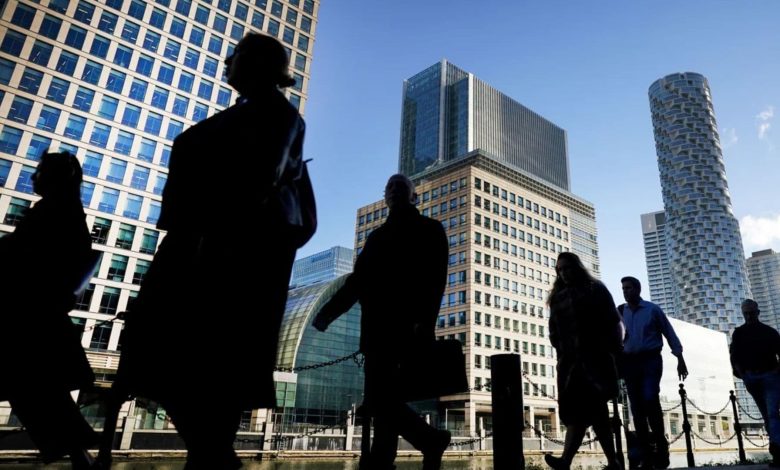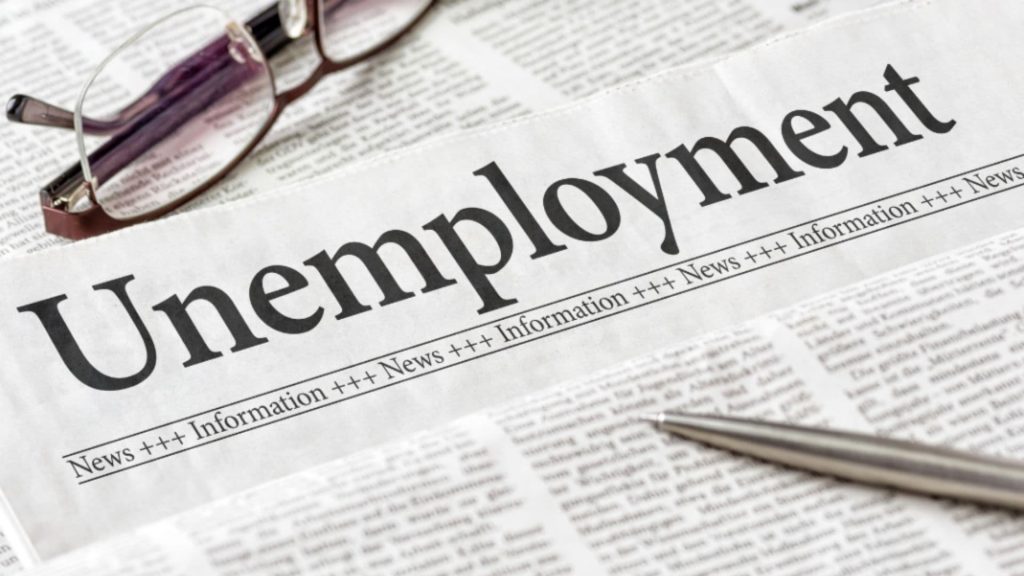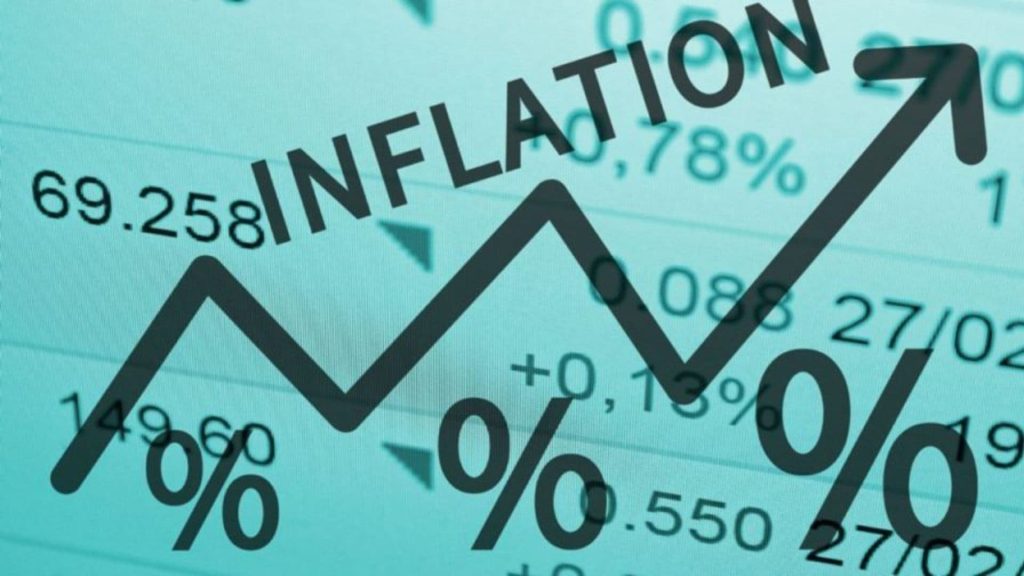
Inflation is the general increase in prices for goods and services over time. A small amount of inflation is normal in a growing economy; however, too much inflation can decrease people’s purchasing power and lead to economic instability. The most common way to measure inflation is the Consumer Price Index (CPI), which tracks the average change in prices for a basket of common goods and services. There are several potential causes of inflation, which can be broadly categorized into two main types: demand-pull inflation and cost-push inflation.
Demand-Pull Inflation
Demand-pull inflation occurs when demand for goods and services increases faster than the available supply. This means that consumers and businesses are willing to spend more, but production capacity can’t keep up, resulting in rising prices. Factors like increased consumer confidence, low-interest rates, and government policies that encourage spending can all lead to demand-pull inflation. For instance, during the post-pandemic recovery, pent-up consumer demand and government stimulus measures led to higher spending and rising prices, illustrating demand-pull inflation in action.
Cost-Push Inflation
Cost-push inflation happens when the cost of producing goods and services increases, forcing businesses to raise prices for consumers. This can result from rising wages, increases in the price of raw materials, or disruptions in the supply chain. For example, an increase in oil prices can lead to higher transportation costs, affecting the price of many different products. Recent global events, such as conflicts and trade disruptions, have significantly contributed to cost-push inflation.
Monetary Inflation
Monetary inflation arises when there’s an excess supply of money in the economy. When central banks print more money or significantly lower interest rates, it can lead to a situation where there’s too much money available to buy too few goods, driving up prices. While governments might resort to such measures to stimulate economic growth, it carries the risk of creating high inflation if not managed carefully.

The Role of Government Policies in Inflation
Governments and central banks play a crucial role in managing inflation through monetary and fiscal policies. Central banks, like the Federal Reserve in the United States, have tools such as interest rate adjustments and open market operations to control the money supply. By raising interest rates, central banks can make borrowing more expensive, leading to decreased spending and a cooling effect on inflation. Conversely, lowering rates can encourage borrowing and spending, potentially leading to increased inflation if the economy overheats.
Fiscal policies, which encompass government spending and taxation, can also influence inflation. For instance, a government might increase spending on infrastructure projects to boost economic growth, but if this spending isn’t matched by revenue, it can result in higher demand and, consequently, inflation. Careful management of these policies is essential to maintain price stability without hindering economic growth.
Understanding Unemployment
Unemployment occurs when individuals who are willing and able to work can’t find jobs. It’s a crucial indicator of economic health, as high unemployment rates often go hand in hand with economic downturns. There are different types of unemployment, each stemming from various factors:
Cyclical Unemployment
Cyclical unemployment is tied to the natural fluctuations of the business cycle. During a recession, demand for goods and services falls, prompting companies to reduce production and lay off workers. When the economy recovers, demand picks up, and companies resume hiring. This type of unemployment is usually temporary, depending on the speed of economic recovery.
Structural Unemployment
Structural unemployment happens when there’s a mismatch between the skills workers possess and the skills employers need. This mismatch can arise from technological advancements, changing industry demands, or shifts in consumer preferences. For instance, automation and the rise of artificial intelligence have displaced certain jobs, forcing workers to acquire new skills or retrain for different opportunities.
Frictional Unemployment
Frictional unemployment occurs when people are between jobs for a short time. This includes recent graduates seeking their first job, people who have left one job to find another, or those who have moved to a new location. It’s generally a short-term phenomenon reflecting the natural turnover in the job market.
Seasonal Unemployment
Certain industries, such as agriculture, tourism, and retail, experience predictable periods of high and low demand based on the time of year. Seasonal unemployment follows this pattern, with jobs lost and gained in line with the calendar.

The Relationship Between Inflation and Unemployment: The Phillips Curve
The Phillips Curve is an economic concept that suggests an inverse relationship between inflation and unemployment. It posits that when unemployment is low, inflation tends to be high, and vice versa. This relationship is based on the idea that with more people employed, there’s a greater demand for goods and services, pushing prices upward. Conversely, when unemployment is high, consumer spending decreases, and inflationary pressures subside.
However, the relationship between inflation and unemployment isn’t always so simple. During stagflation—a situation where high inflation coincides with high unemployment—the inverse relationship breaks down. Such scenarios pose significant challenges for policymakers, as conventional tools for combating inflation or unemployment may be ineffective.
Government Measures to Combat Inflation and Unemployment
Governments employ a mix of monetary, fiscal, and labor policies to address inflation and unemployment. Central banks may adjust interest rates to control inflation, while governments can implement stimulus measures, tax cuts, or job creation programs to reduce unemployment. Labor market reforms, such as investments in education and training, can help tackle structural unemployment by equipping workers with skills that are in demand.
During crises like the 2008 global financial crisis or the COVID-19 pandemic, governments have taken unprecedented measures to stabilize their economies. These actions have included direct financial assistance to individuals and businesses, historic interest rate cuts, and asset purchases to ensure financial market liquidity.